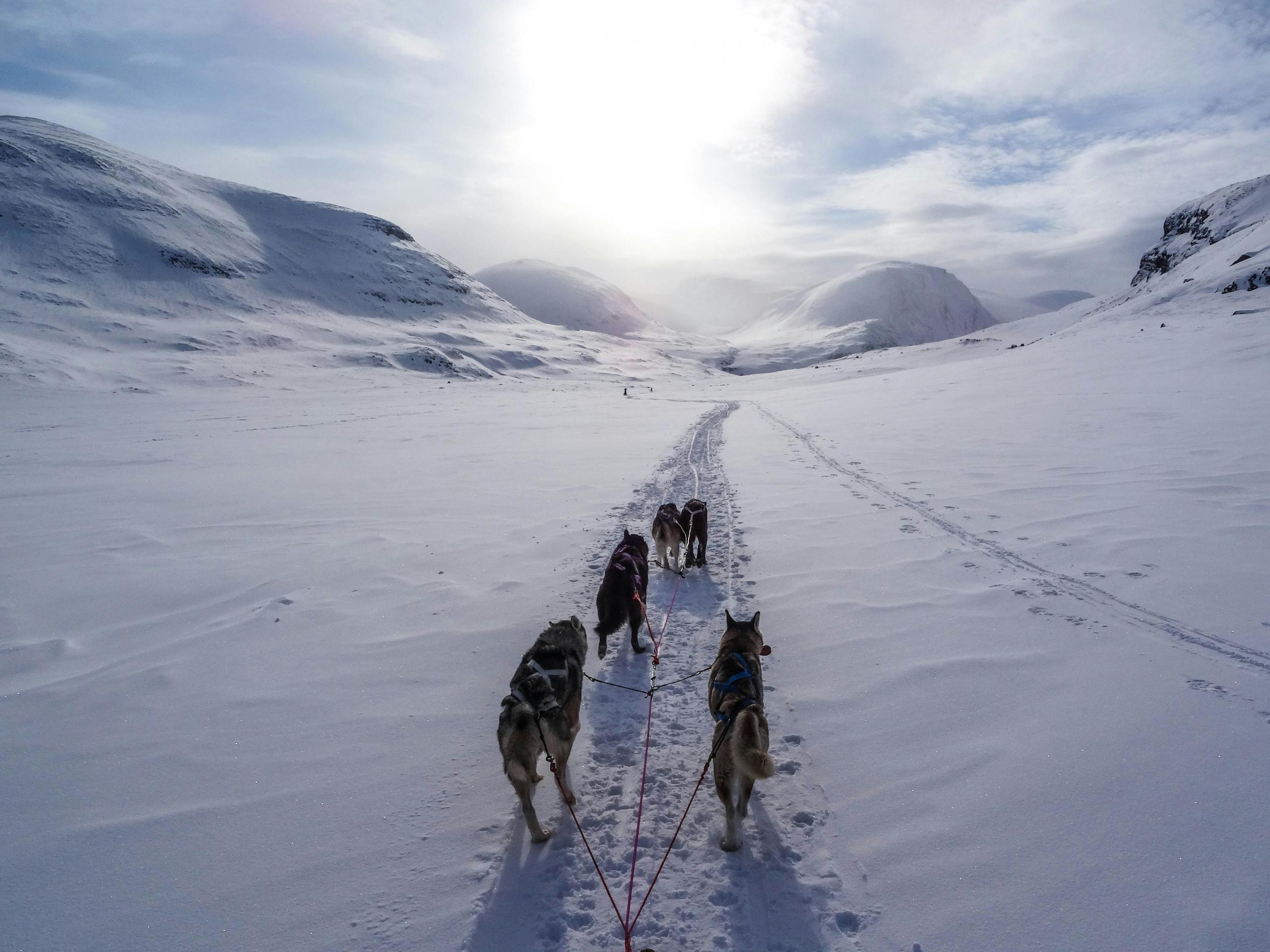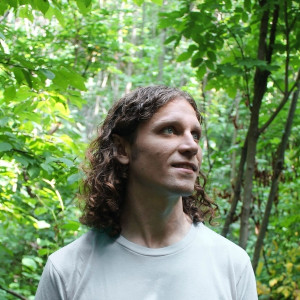Discover the Arctic's stunning landscapes, rich cultures, and thrilling activities. From the mesmerizing Northern Lights to the vast wilderness of Nunavut, the Arctic offers unique experiences you won't find anywhere else. While the Arctic offers breathtaking landscapes and unique wildlife, Canada’s other provinces and territories offer many must-see attractions, from vibrant cities to stunning national parks.

What Places to Explore in the Arctic?
The Arctic region of Canada offers a unique mix of stunning natural beauty, rich cultural heritage, and adventurous, once-in-a-lifetime activities. Many of these experiences can be combined into different package deals depending on how you travel there, providing a comprehensive Arctic adventure.
Here are the top places and activities to explore in the Arctic:
1. Kluane National Park and Reserve
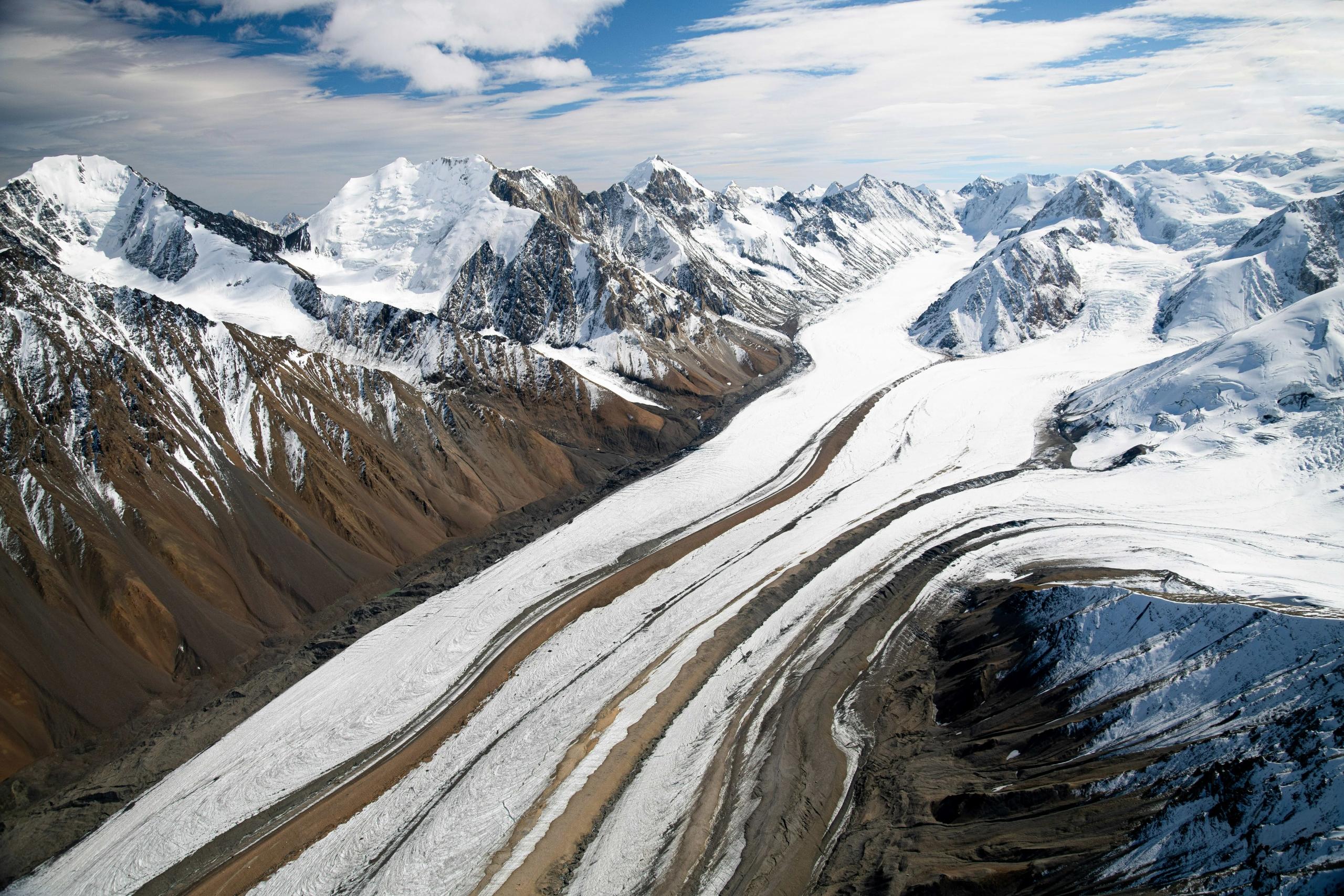
Kluane National Park and Reserve in Yukon is a stunning destination famous for its breathtaking landscapes, towering peaks, and the largest non-polar ice fields in the world. It is home to Mount Logan, Canada’s highest peak, and offers various outdoor activities such as hiking, rafting, and wildlife viewing. This makes it a paradise for adventure seekers and nature enthusiasts alike.
Best time to visit:
- The ideal time to visit is from June to September when the weather is favorable for outdoor activities and the park's beauty is at its peak.
Price:
- Entry to the park is free, but guided tours and specific activities such as rafting or flightseeing can vary in price. For example, a guided rafting trip might cost around CAD $150 per person.
Recommended duration:
- You should plan to spend 2 to 4 days exploring the park’s trails, participating in guided tours, and enjoying its stunning natural beauty.
2. Bird Watching in Sirmilik National Park
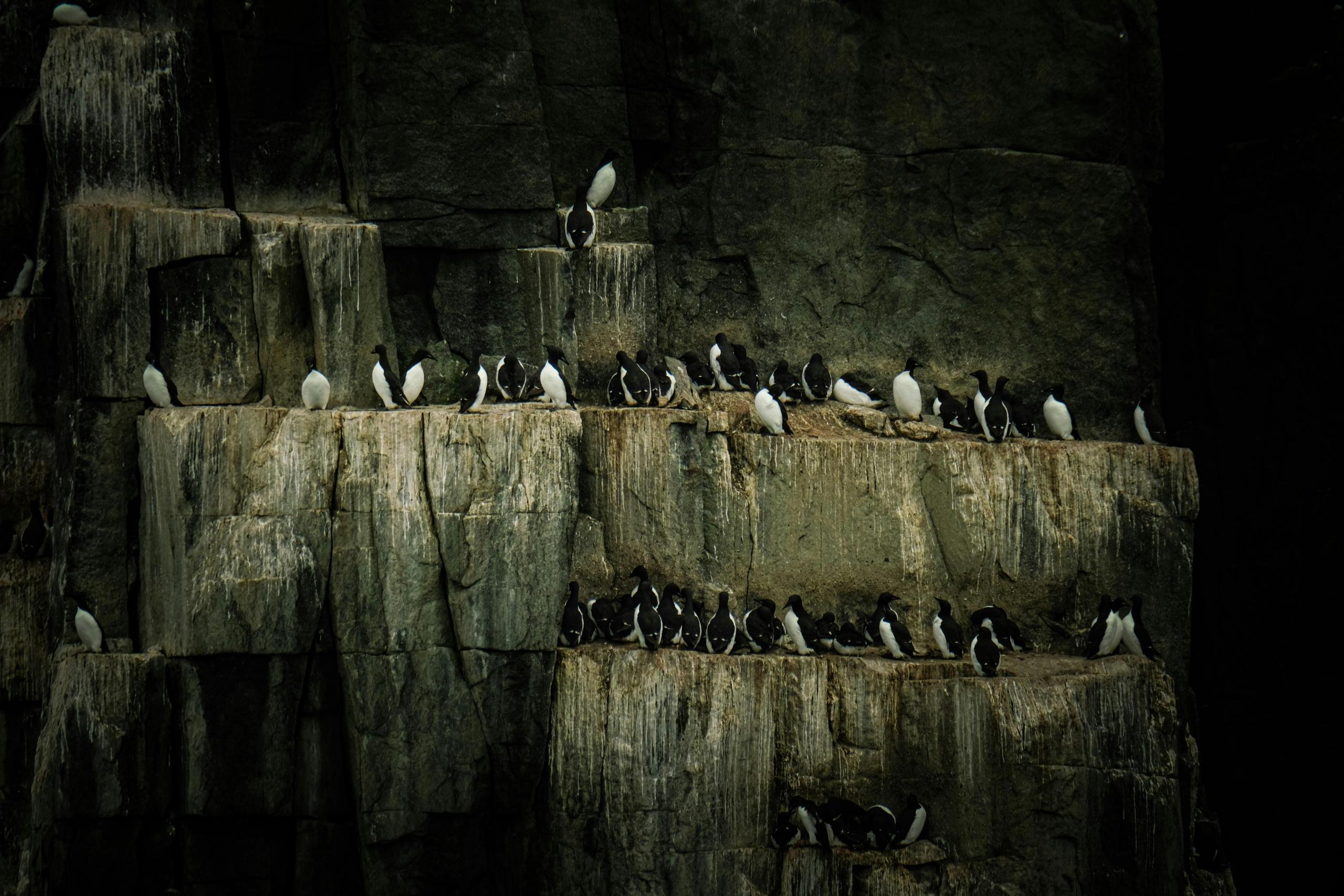
Sirmilik National Park in the Arctic is a haven for bird watchers, offering the chance to see thousands of migratory birds at the park's famous bird cliffs.
These cliffs host various bird species, including thick-billed murres, black-legged kittiwakes, and northern fulmars, creating a spectacular sight for nature enthusiasts. The experience is enriched by the park's stunning Arctic landscapes, which provide a breathtaking backdrop to the diverse avian activity.
Similarly, on the East Coast of Canada, Newfoundland offers an extraordinary opportunity to see rare marine animals, specifically the humpback whale, during their migration. Observing rare or unique animals in their natural habitat is a truly special experience, whether it’s the majestic birds of Sirmilik or the magnificent whales of Newfoundland.
Best time to visit:
- The best time to visit is late spring to early summer (May to July), which coincides with the peak of the migratory bird season.
Recommended duration:
- 2-3 days to explore the bird cliffs and surrounding areas.
3. Iqaluit: Gateway to the Arctic
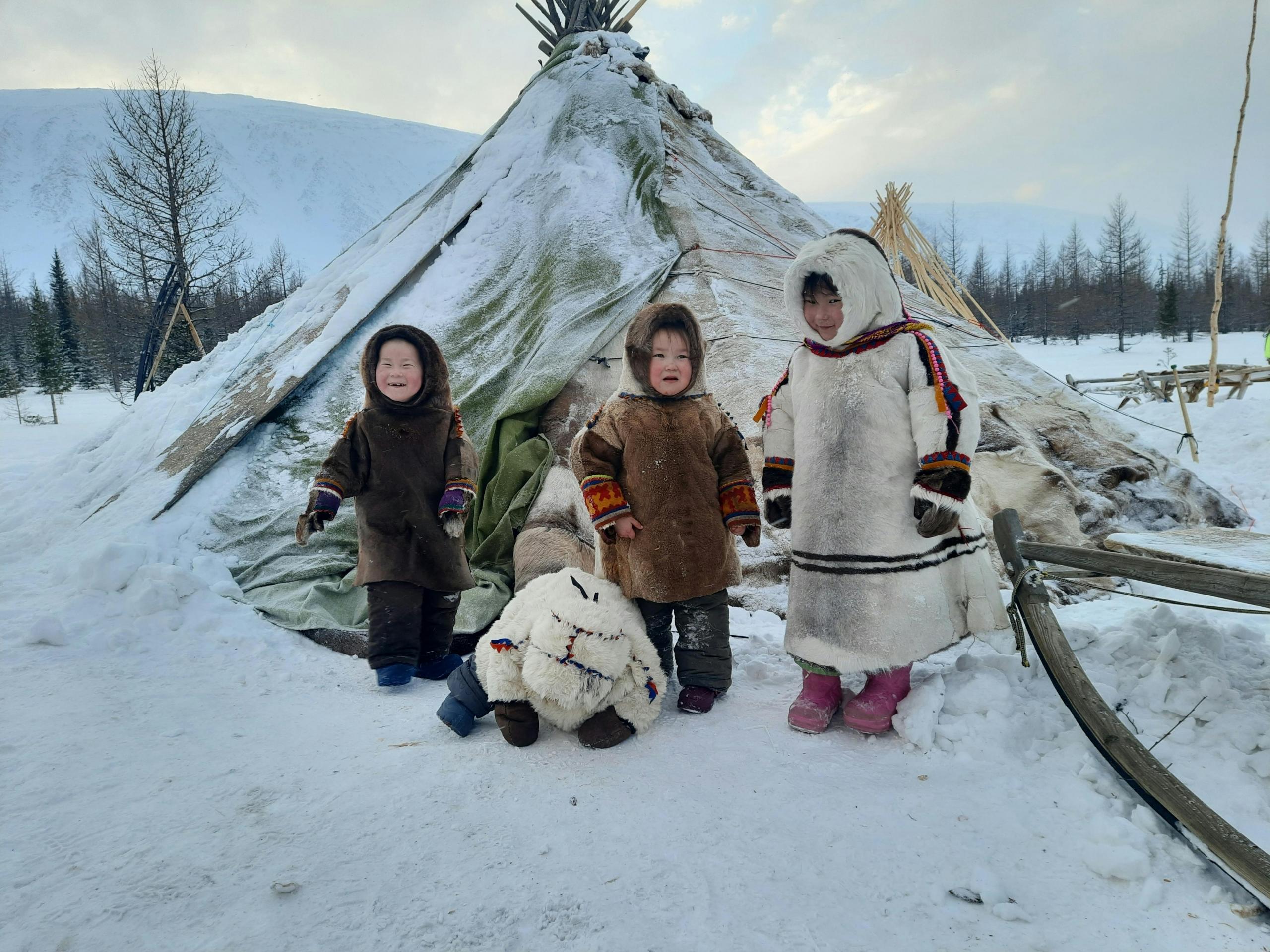
Iqaluit, the capital of Nunavut, is a vibrant gateway to the Arctic. It offers visitors a unique blend of Inuit culture and stunning natural surroundings. This small but bustling city is rich in cultural experiences, from traditional Inuit art and music to local culinary delights.
The scenic beauty of Iqaluit is unparalleled, with nearby Sylvia Grinnell Territorial Park providing breathtaking views and opportunities for outdoor activities such as hiking and wildlife spotting. Iqaluit's dynamic community and awe-inspiring landscapes make it an essential stop for anyone exploring the Arctic.
Prices:
- Accommodation: CAD $100-$300 per night.
- Museum entry: CAD $10-$15.
- Guided tours: CAD $50-$200.
Best Time to Visit:
- May to August for milder weather and outdoor activities.
- October to April for Northern Lights viewing.
4. The Floe Edge in Arctic Bay & Pond Inlet
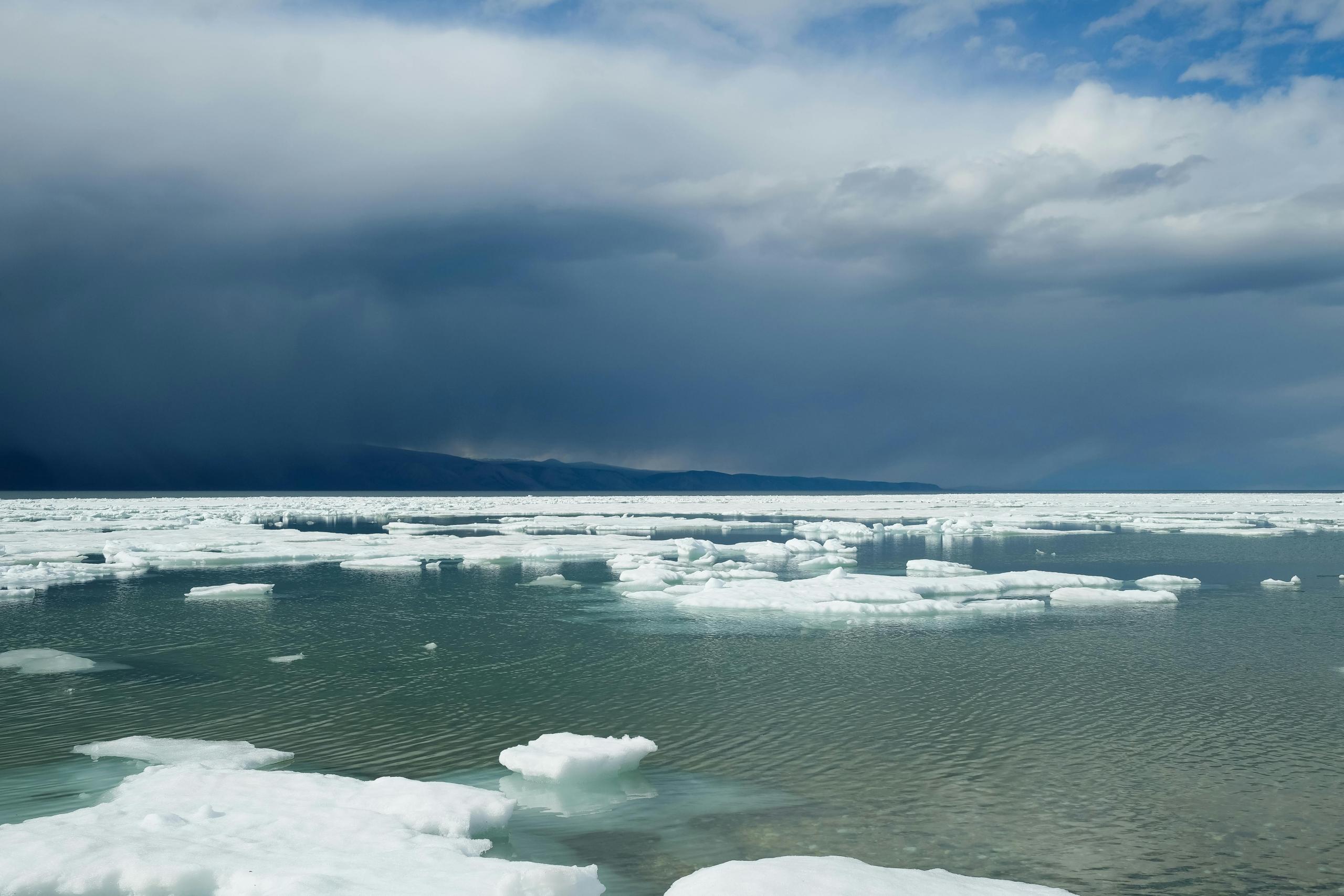
The Floe Edge, located in Arctic Bay and Pond Inlet, is a unique and breathtaking destination where the ice meets open water. This dynamic environment offers visitors the extraordinary opportunity to spot narwhals, seals, and polar bears in their natural habitat.
The floe edge, also known as the "line of life," is a hotspot for Arctic wildlife and a haven for nature enthusiasts and photographers. Visitors can embark on guided tours to witness these majestic animals up close, explore the stunning icy landscapes, and experience the rich cultural heritage of the Inuit people.
The unparalleled wildlife viewing and the pristine beauty of the Arctic make the Floe Edge a must-visit destination for those seeking an unforgettable adventure in one of the world's most remote and pristine environments.
Best time to visit:
- The best time to visit is late May to early July when the ice is melting and wildlife is abundant.
Recommended duration:
- 3-5 days to fully experience the wildlife, landscapes, and cultural interactions.
5. Auyuittuq National Park
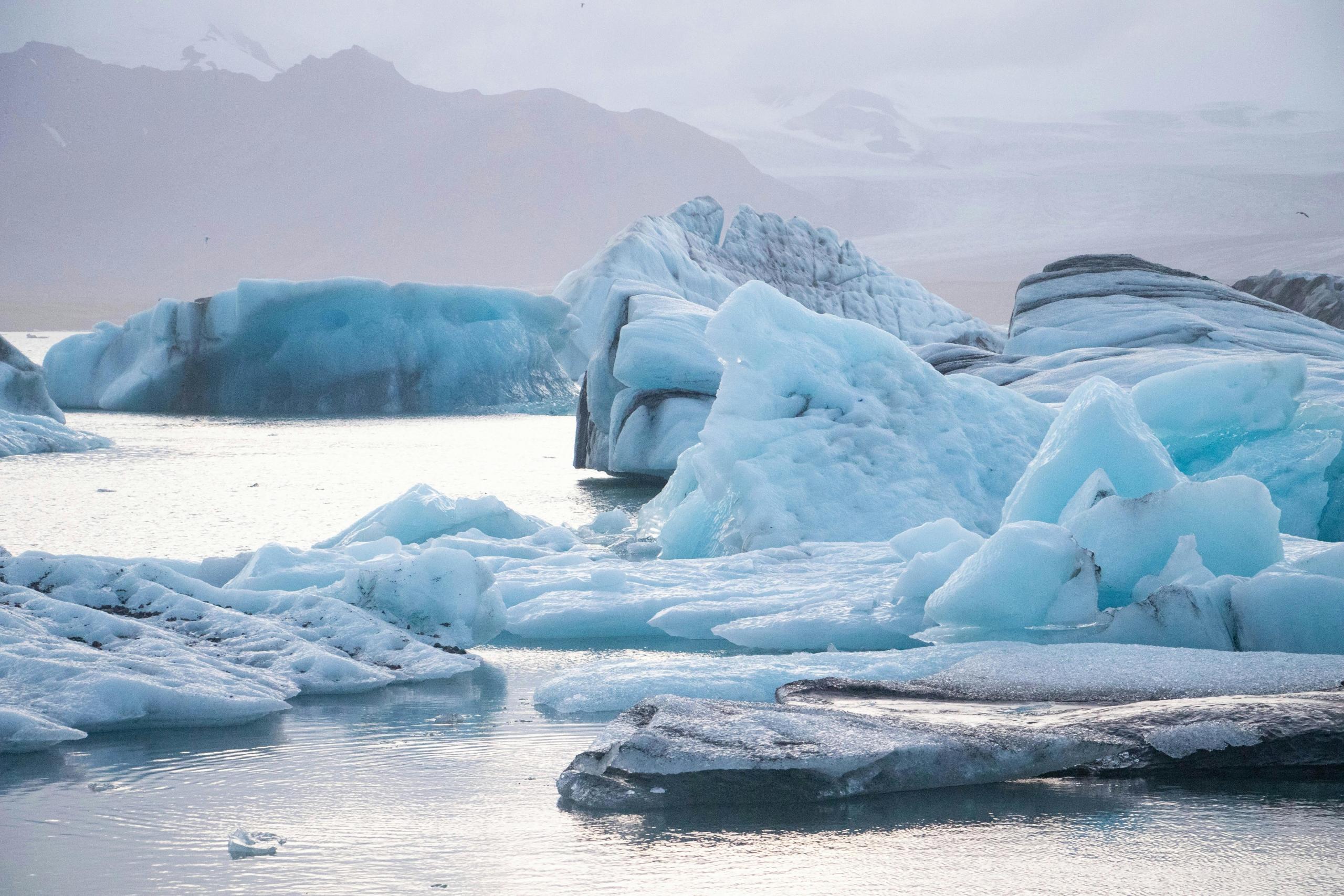
Auyuittuq National Park on Baffin Island is a living canvas of Arctic beauty. Its glaciers, fjords, and rugged mountains create a stunning landscape that is a feast for the eyes. The park's pristine Arctic environment is a rare opportunity for visitors to immerse themselves in the region's unspoiled beauty.
While Central Canada is known for its vibrant cities and historic sites, Auyuittuq National Park offers a completely different experience. Here, visitors can explore towering peaks like Mount Thor and Mount Asgard or navigate the icy waters of the fjords, all within a unique and remote wilderness. Auyuittuq, meaning 'the land that never melts,' truly lives up to its name with its awe-inspiring natural features.
Best time to visit:
- Late June to August, when the weather is milder and the park is more accessible.
Recommended duration:
- 4-7 days to fully explore the park’s landscapes and enjoy various outdoor activities.
6. Diving in the Arctic
Diving in the Canadian Arctic, particularly around Baffin Island, offers a unique and thrilling experience. This adventure allows divers to explore stunning ice formations, including pack ice, cracks, and the Arctic sea floor. You can dive under the midnight sun and witness various marine life, such as narwhals, bowhead whales, and seals. The pristine waters and dramatic underwater landscapes make this an unparalleled diving destination.
Although it is expensive due to the remote location and specialized gear required, the experience is truly unique and unforgettable. While Canada's West Coast offers spectacular diving with its own unique marine life and underwater landscapes, the Canadian Arctic provides a truly distinctive experience with its icy waters and rare Arctic wildlife.
Best time to visit:
- Mid-May is ideal as the ice conditions are perfect for diving, and wildlife activity is at its peak.
Recommended duration:
- At least 8 days to fully immerse in the diving experience, allowing for acclimatization, proper training, multiple dives, and exploration of the Arctic landscape outside of the water as well.
Price:
- The price varies depending on what's included. The diving experience alone usually costs between CAD $800 and $2000. However, package deals are available starting at around $25,000 per person. These package deals usually include other experiences such as Floe Edge safari tours, snowmobile transportation, whale-watching tours, and accommodations.
7. Arctic Kayaking, Baffin Island & Pond Inlet
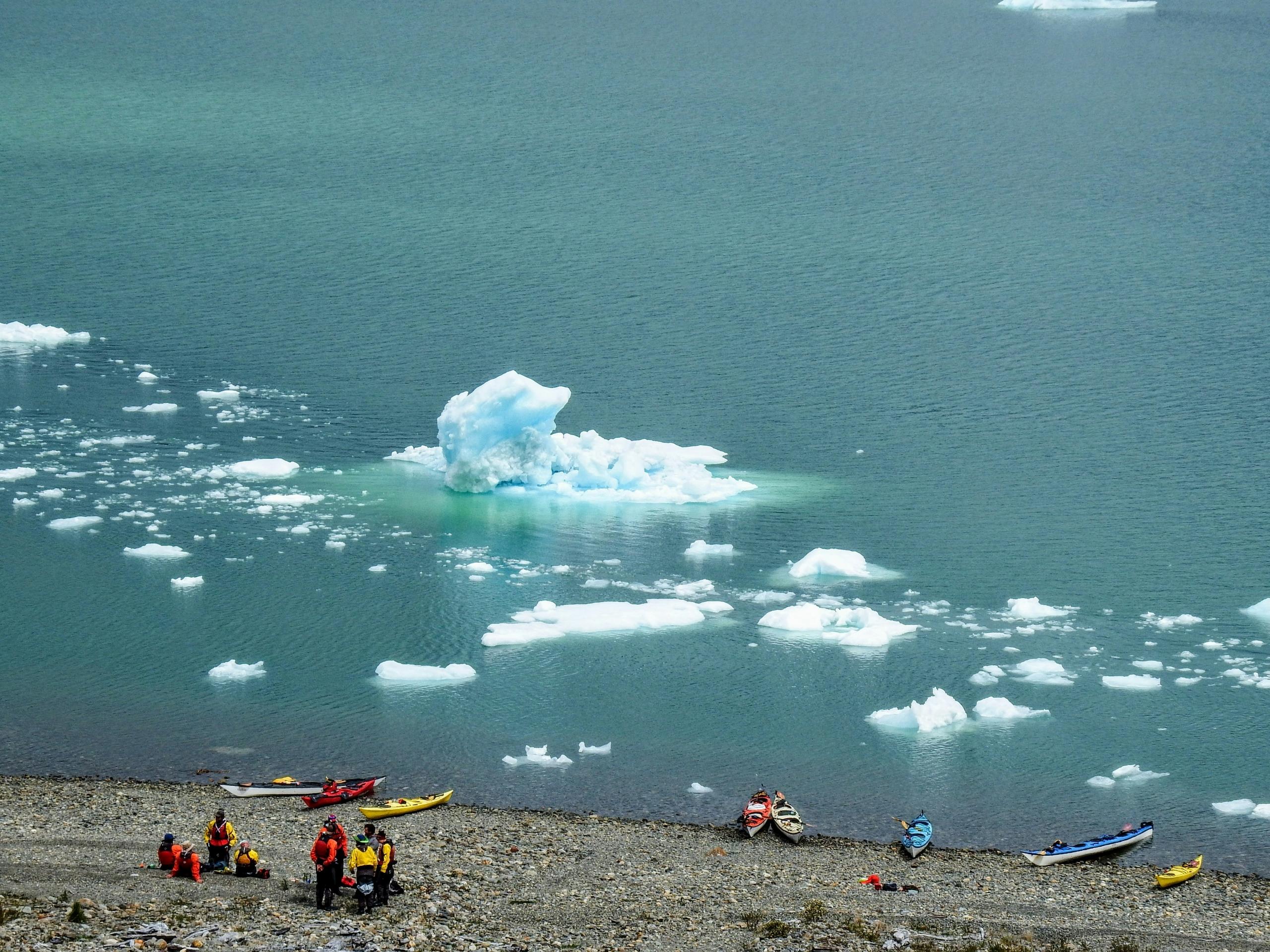
Kayaking in the Arctic offers a unique and thrilling adventure. It allows you to navigate through stunning ice formations and pristine waters while observing incredible wildlife like seals, whales, and seabirds.
One of the best places to experience Arctic kayaking is around Baffin Island, where guided tours provide a safe and immersive experience. This area allows you to paddle among glaciers, icebergs, and the rich marine life that thrives in these cold waters.
If you love kayaking, you can also visit the Northwest Territories and try paddling on the Slave River, known for its challenging rapids and stunning scenery.
Best time to visit:
- The best time to visit is during the summer months, from June to August when the ice has melted sufficiently to allow for safe kayaking. The weather is milder during this period, and wildlife is more active.
Recommended duration:
- A typical Arctic kayaking tour lasts about 7 to 10 days, not just for kayaking but to provide a comprehensive experience that includes other activities such as wildlife viewing, cultural experiences with Inuit communities, and exploration of the Arctic landscape.
What to Know Before Visiting the Arctic
Now you know what to try if you plan on going to the Arctic, but there are still a few things you need to know. Tourists can indeed visit the Arctic, with numerous guided tours and expedition packages available for adventurous travelers. These tours provide:
- Safe and immersive experiences.
- Allowing you to explore the stunning landscapes.
- Unique wildlife.
- The cultural heritage of the Arctic region.
When planning your trip to the Arctic, it's important to consider the best time to visit. The summer months, from June to August, offer milder weather, making it more accessible for outdoor activities and wildlife viewing.
The ice melts sufficiently to allow for safe navigation and kayaking, and the extended daylight hours provide more opportunities to explore and enjoy the unique Arctic environment. However, it's crucial to pack warm, layered clothing, waterproof gear, and any specialized equipment for kayaking or diving activities.
Given the remote and challenging environment, traveling with experienced guides and reputable tour operators is crucial for safety. The Arctic is not just about its natural beauty but also about its vibrant Inuit communities.
Engaging respectfully with local cultures and learning about traditional practices can greatly enrich your experience and deepen your understanding of this unique region.
Whether you are drawn by the breathtaking landscapes of Nunavut, the dynamic environment of the Floe Edge, or the underwater wonders of Arctic diving, the Arctic promises a unique and unforgettable adventure.

